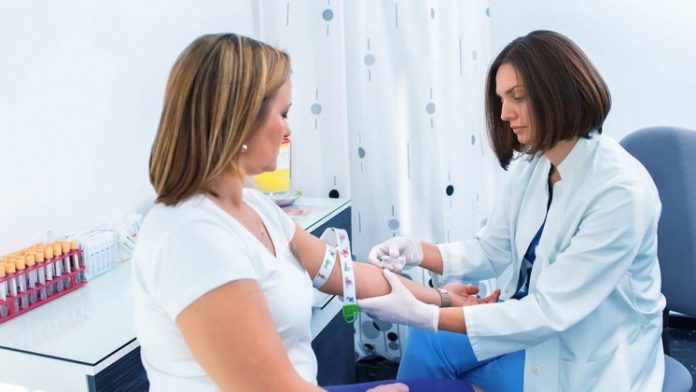According to the American Cancer Society about 48,960 people (24,840 men and 24,120 women) will be diagnosed with pancreatic cancer this year. Sadly, around 40,560 people will die from this aggressive incurable disease.
Our lifetime average chance of developing the disease is 1 in 67, though certain risk factors contribute to our susceptibility as with all ailments. Some of these risk factors can be controlled such as smoking–which increases our chances by twofold, compared to those who have never smoked. Carrying extra weight can increase our chances by 20%, particularly in the midsection.
Sadly, our chances increase with age which is a variable that is out of our hands as well as gender, men are 30% more likely to get the disease. There are also higher incidences for those with diabetes, cirrohsis of the liver and stomach infections due to the ulcer-causing bacteria Helicobacter pylori (H. pylori). Some researchers believe that excess stomach acid might also increase the risk.
A major issue with treating pancreatic cancer is that it is generally goes undiagnosed until it’s advanced. According to the Mayo Clinic the symptoms can present as upper abdominal pain, jaundice, loss of appetite, weight loss, depression and blood clots.
Sadly, only about 15 percent of patients qualify for surgery that involves a pancreatico-duodenectomy or the Whipple procedure can be curative for patients.
In a study published in the June 24, 2015 of Nature from The University of Texas MD Anderson Cancer Center it was found that tiny particles in blood may be useful for early diagnosis and earlier treatment of the disease. The study examined crExos from healthy donors and breast and pancreatic cancer patients. Elevated levels of GPC1+ crExos were seen in both cancers.
Exomes which are tiny, particules released by cancer cells, contain DNA, RNA and proteins. The scientists isolated and exmained GPC1-enriched circulating exomones from the blood of pancratic cancer patients, called GPC1+ crExos.
“GPC1+ crExos were detected in small amounts of serum from about 250 patients with pancreatic cancer with absolute specificity and sensitivity, importantly distinguishing patients with chronic pancreatitis from those with early- and late-stage pancreatic cancer,” said Raghu Kalluri, M.D., Ph.D., chair of Cancer Biology.
GPC1+ crExos appear to be a more reliable screening tool than the commonly used CA 19-9 biomarker. The study found that GPC1+ crExos detected the possibility of pancreatic cancer in mouse models of pancreatic cancer at a time when the mice showed no signs of pancreatic disease by MRI.
“Routine screening of the general population for pancreatic cancer using MRIs or CTs would be prohibitively expensive with the likelihood for many false positives,” said David Piwnica-Worms, M.D., Ph.D., chair of Cancer Systems Imaging, “Our study suggests the potential for GPC1+ crExos as a detection and monitoring tool for pancreatic cancer in combination with imaging, with an emphasis on its application in early detection.”
Because pancreatic cancer-specific genetics can be detected in these exosomes, there is great potential to enhance specificity of MRIs or CTs, ” said Kalluri.
“Studies comparing stage of disease with outcome following surgery suggest that death rates for pancreatic cancer would be reduced if the disease were diagnosed at an earlier stage,” said Kalluri. “This presents an unprecedented opportunity for informative early detection of pancreatic cancer and in designing potential curative surgical opti








